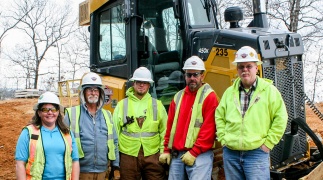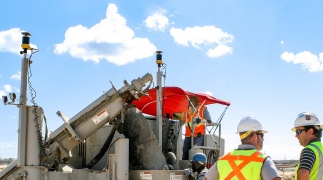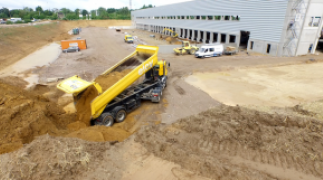Little Rock. Big Production.
Weaver Bailey Construction taps latest GNSS machine technology for
highway widening project.
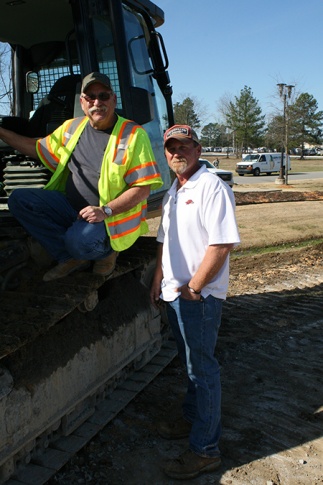
To deal with ever-tightening project schedules, companies like Weaver-Bailey Contractors are turning to technology to increase onsite efficiencies. On a recent highway improvement project in the Little Rock suburb of Benton, Arkansas, the El Paso, Ark.-based firm, put their fleet of GNSS equipment to work throughout the site. Largely as a result of the gains made by doing so, the company saw production soar and will easily beat its proposed schedule — by months.
Proven strengths
Recognized as Arkansas's largest mainline concrete contractor, Weaver-Bailey Contractors (WBC) specializes in highway projects, bridge work, airport construction, energy plant development and more. According to Brent Van Order, WBC’s project manager, those proven roadwork strengths helped them secure the bid for the Benton road widening project.
“The Alcoa Road project, as it is called, is just shy of two miles and the work entails turning a two-lane road into a four-lane thoroughfare with a raised median,” he said. “Because we are doing all the storm and sewer as well, there is a substantial amount of work to be done — all while dealing with an incredible amount of traffic.”
To help alleviate that congestion, WBC is also slated to build four roundabouts, which will replace four-way intersections at various points in the road.
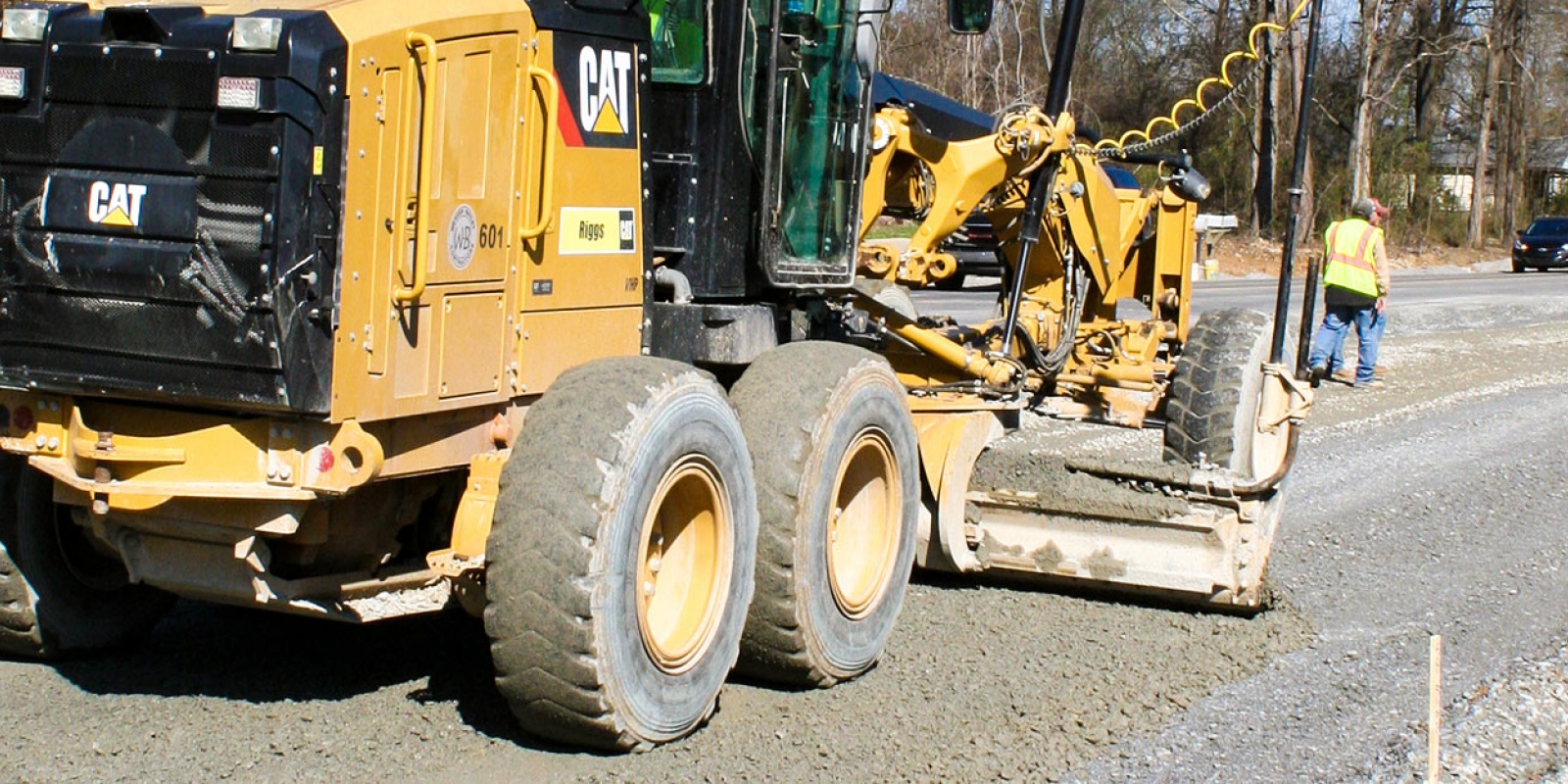
When we undercut everything out here, we are backfilling with a '6'-minus product. So my operator just sets his blade at -2, which gets him consistently two feet below finished grade and he is good to go.

Adding iron
With the bid secured, WBC assessed the demands the project would place on their company and planned accordingly — plans that included looking into additional capital purchases. Because the company had been a proponent of GNSS technology for some time, they met with Jeremy Mauney, sales rep from Trench Safety & Supply’s North Little Rock branch, who told them that Topcon had just introduced a new mastless system for dozers. Shortly afterward, WBC’s office committed to the new 3D-MCMAX system on a Cat D4 dozer.
Because the new system eliminates the use of a mast, relying instead on a pair of inertial measurement units (IMU) working together, operators get a quicker response time, allowing for both tighter turns, and smoother grades. But it was as much the practicality as the performance that won over Van Order.
“On one of our Cat D6s, we have to really get above the cab to remove the antenna,” he said. “While we don’t have harsh, snowy winters, we occasionally get some ice, and the mud here can still be a safety issue when climbing up to take the antenna down. Also, the screen on the new system is bigger and features a 30-minute battery backup. So now, should I need to make changes to the project file at the end of the day, I can take it back to my truck and easily enter that info. That’s a very nice option to have.”
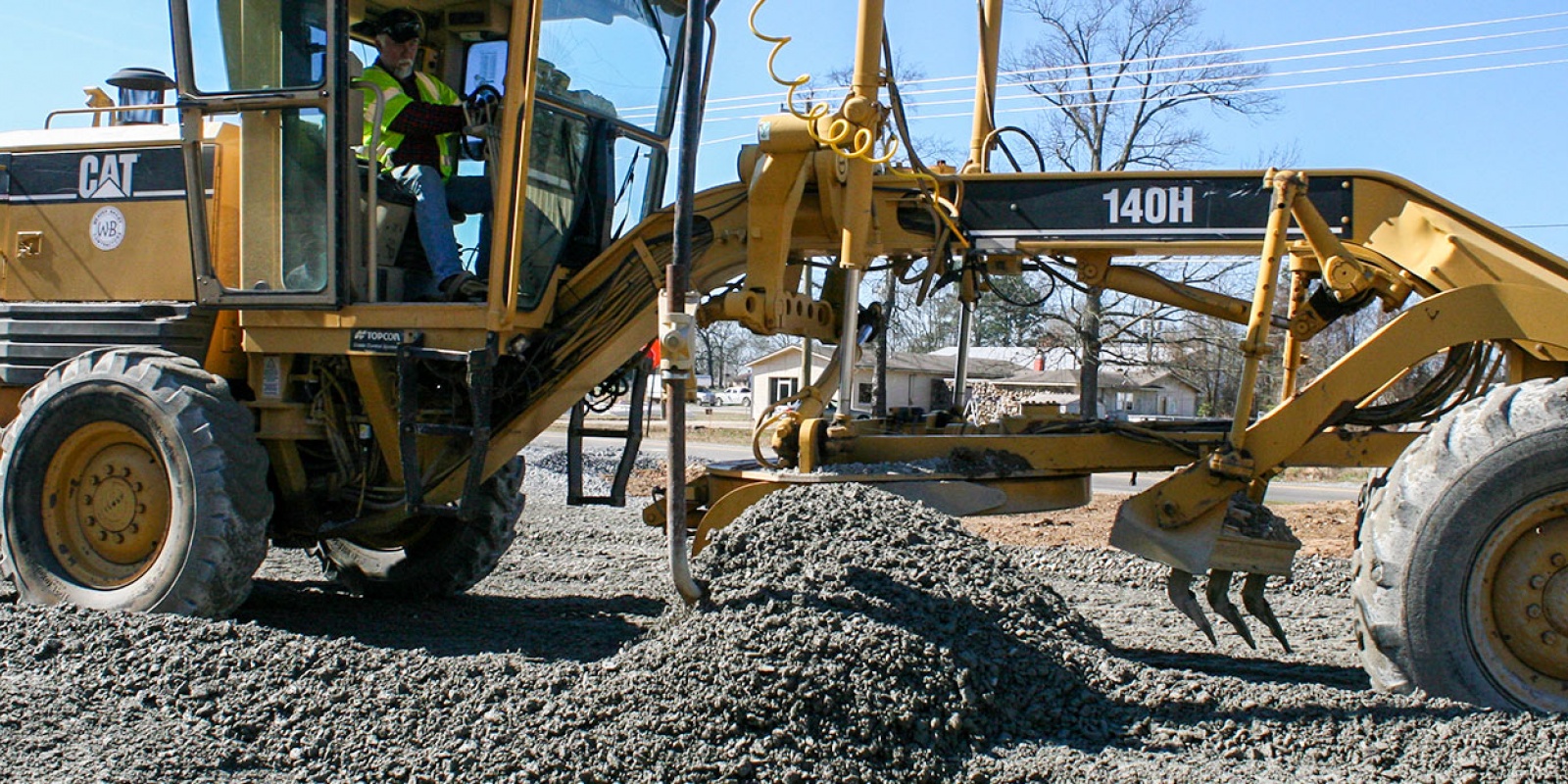
I had no problem getting into the 3D-MC2 system when I first was asked to use it here. It is very intuitive and really allows an operator
to be quick and accurate.
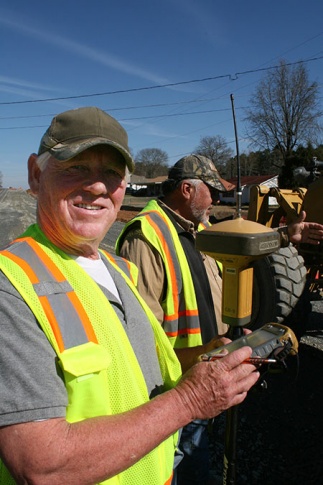
Not One to Lie
The new 3D-MCMAX system is being utilized extensively throughout all phases of the Alcoa Road project including cutting all of the subgrade, an area in which Van Order said it has really excelled.
“When we undercut everything out here, we are backfilling with a '6'-minus product,” he said. “So my operator just sets his blade at -2, which gets him consistently two feet below finished grade and he is good to go. I generally think that accuracies with GPS are about ±.2 — with MAX it is a little tighter, even tighter than we get with the motor grader — that’s pretty impressive.”
The new system drew the attention of many, including one competitive geopositioning brand who approached Van Order shortly after they started using 3D-MCMAX.
“This manufacturer offered a very generous deal to get us to swap out the MAX system for theirs, saying they could have the their system talk to our Topcon base. But during their pitch, although they could get the systems to recognize each other, we had to essentially ‘lie’ to the machine by 4.5 feet to tell it where it was at. Now, the last thing I want is to have my operator go through that every day, every project. I want him to be able to get into the machine and have it save him work. Obviously, that didn’t fly for us.”
Simply intuitive
In addition to the Cat D4 with the 3D-MCMAX system on it, WBC has several other machines — a Cat D6C running Topcon 3D-MC2 and a Cat 140M with Topcon Millimeter GPS — working other areas of the job. According to machine operator Mike English, though he came to the company with no prior GPS experience, he mastered the technology quickly.
“I had no problem getting into the 3D-MC2 system when I first was asked to use it here,” he said. “It is very intuitive and really allows an operator to be quick and accurate. But the new system has some very nice advantages, including a quicker machine response, a larger in-cab screen with high and low grade indicator lights, and the ability to enter my percentages a lot more easily now. Add in the fact that we no longer have to install and remove the antenna all the time and it makes for a great addition for us.”
Early out
Progress on the Alcoa Road project has proceeded nicely, according to Van Order, with WBC seeing a substantially early completion.
“The most recent projection we’ve made is based on where we are at the moment,” he said. “I see us finishing the full project in 700 days — a good 200 days early at the rate we are moving. There’s no doubt that a lot of that is attributable to our use of GNSS equipment. If we had to come out here and pound hubs and slope stakes, do continual grade checking, etc., not only would our crew size be much larger, there’s no way we would get the production we’re getting today. There are no bonuses on this job for an early completion, but we can move on to other work that much sooner, and that’s a bonus in itself.”
